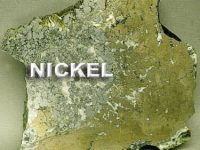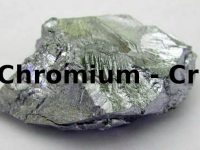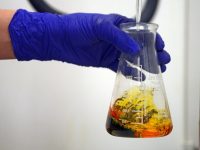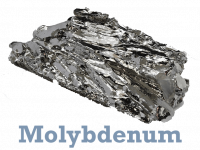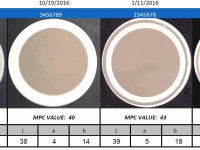Sources of Tin Tin is another wear metal expected in any machine using plain bearings, as lead and tin are the most predominant metals used in Babbitt overlay, with lesser amounts of copper, antimony, and/or arsenic. Typically, increasing levels of tin from this layer are not considered actionable, not until metals like copper or nickel…
Read more
Sources of Tin



